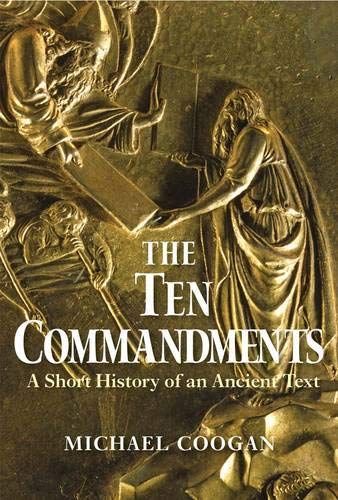
The Ten Commandments A Short History of an Ancient Text
Are the Commandments really written in stone? A biblical scholar offers an “engrossing and enlightening guide to one of the world’s great legal codes” (Booklist). In this lively, provocative book, Michael Coogan takes us into the ancient past to examine the Ten Commandments, also known as the Decalogue. How, among all the laws reportedly given on Mount Sinai, did the Ten Commandments become the Ten Commandments? When did that happen? There are several versions of the Decalogue in the Old Testament, so how have different groups determined which is the most authoritative? Why were different versions created? Coogan discusses the meanings the Ten Commandments had for audiences in biblical times and observes that the form of the ten proscriptions and prohibitions was not fixed—as one would expect since they were purported to have come directly from God—nor were the Commandments always strictly observed. In later times as well, Jews and especially Christians ignored and even rejected some of the prohibitions, although the New Testament clearly acknowledges the special status of the Ten Commandments. Today it is plain that some of the values enshrined in the Decalogue are no longer defensible, such as the ownership of slaves and the labeling of women as men’s property. Yet in line with biblical precedents, the author concludes that while a literal observance of the Ten Commandments is misguided, some of their underlying ideals remain valid in a modern context.